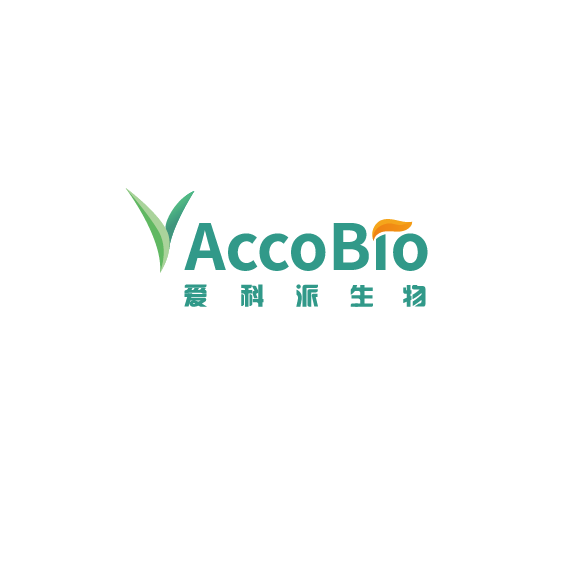
 One year of qualification
One year of qualification
 Audited Supplier
Audited Supplier
In This Store
Category:Active Pharmaceutical Ingredients > Other Active Pharmaceutical Ingredients
Product Name:Hydrolyzed Wheat Protein(Glutamine Peptides)
CAS No.:9064-67-9
Standard:In-house Standards
Price(USD):0.00
Company:Wuxi Accobio Biotech Inc
Grade: Pharmaceutical Grade
Factory Location: jiangsuwuxi
Main Sales Markets: North America,Central/South America,Western Europe,Eastern Europe,Australasia,Asia,Middle East,Africa
Sample Provided: no
| Product Name: | Hydrolyzed Wheat Protein(Glutamine Peptides) |
| Synonyms: | Hydrolyzed Wheat Gluten |
| Specification: | Hydrolyzed Wheat Protein 80% |
| Appearance: | Creamy white to slightly yellowish fine powder |
| Package: | 15kg/paper bag(food grade PE liner inside). 8 tons loose loading in 20ft container. 6 tons palletization loading in 20ft container |
|
ITEMS |
STANDARDS |
RESULTS |
|
Yellow |
Creamy white to slightly yellowish fine powder |
Complies |
|
Taste And Odor |
Unique aroma and taste of hydrolyzed wheat protein, no odor |
Complies |
|
Form of Organization |
Powder or particle, no caking |
Complies |
|
Impurity |
No visible impurities |
Complies |
|
Assay ( Crude Protein) |
≥80% |
83.38% |
|
Moisture |
≤ 5% |
4.27% |
|
Ash |
≤3% |
1.38% |
|
Particle Size |
Pass through 40 mesh |
Complies |
|
Proteins(Nx6.25) |
≥80% |
80.1% |
|
Total Plate Count |
≤30000cfu/g |
4600cfu/g |
|
Molds |
≤50cfu/g |
10cfu/g |
|
E.Coli |
≤90MPN/100g |
<30 MPN/100g |
|
Conclusion |
This product complies with the standards. |
|

Contact Us
Tel: (+86) 400 610 1188
WhatsApp/Telegram/Wechat: +86 13621645194
Follow Us:




 Pharma Sources Insight January 2025
Pharma Sources Insight January 2025


